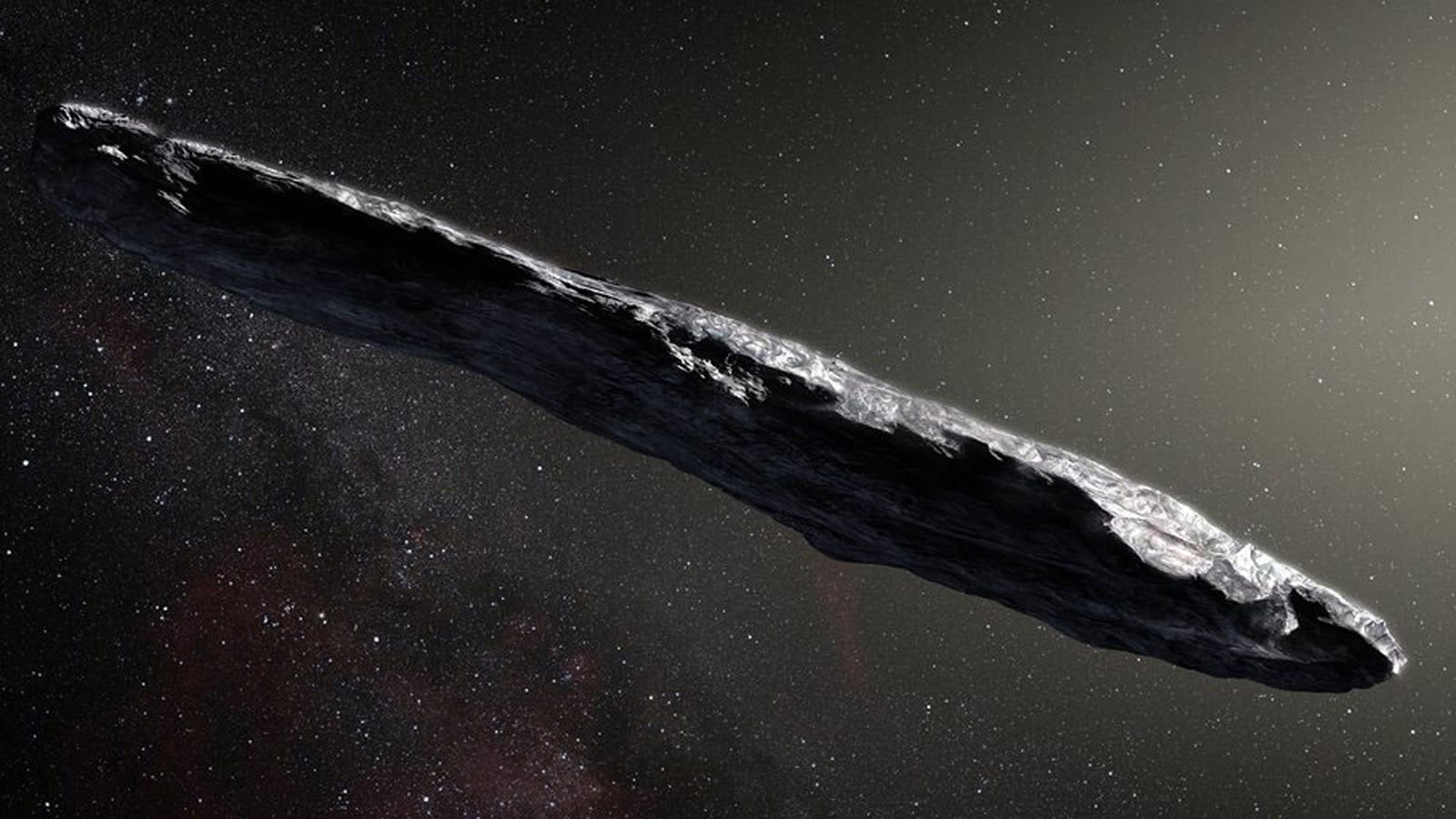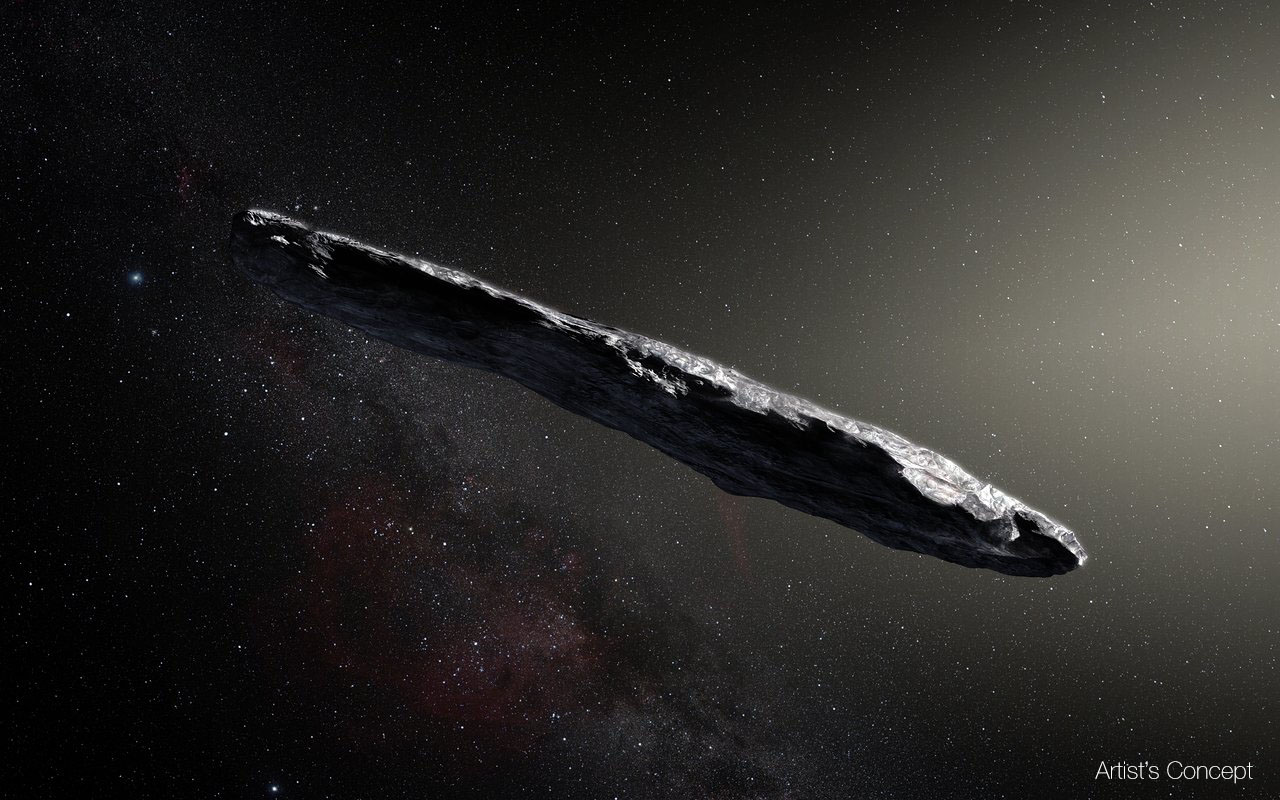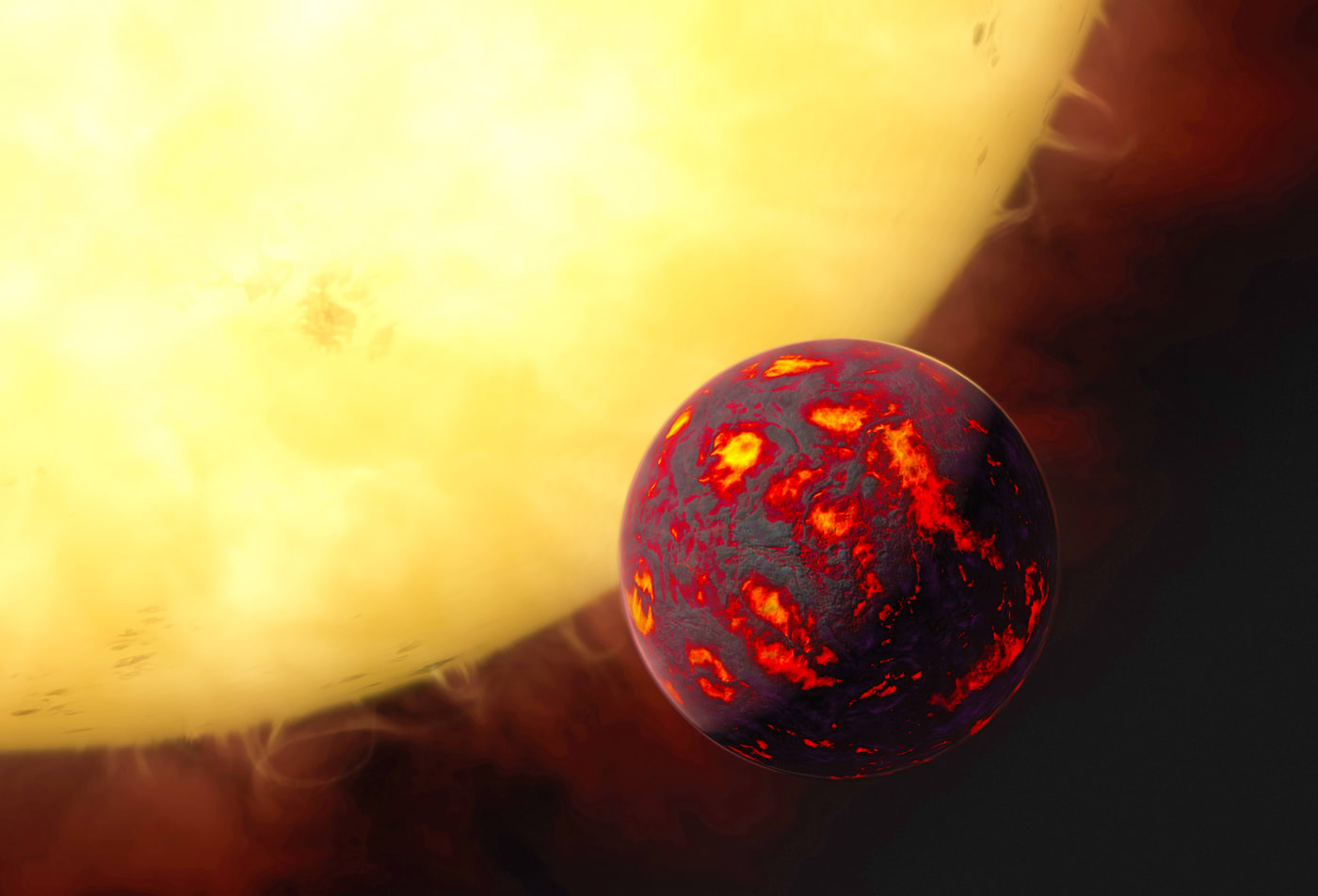
Astronomers at the Herschel space observatory have discovered some of the youngest stars ever seen, NASA reports. With observations from the Herschel telescope as well as the Spitzer Space Telescope and the Atacama Pathfinder Experiment (APEX) in Chile, researchers were able to detect 15 protostars -- the biggest group of such young stars in a single star-forming region. This discovery came during a survey of a stellar formation located in the constellation Orion, with Herschel detecting the bodies in far-infrared-light and the APEX ground telescope verifying the stars' presence with radio wave observations.
This discovery is especially exciting not just because protostars are especially difficult to detect due to the dense layers of gas and dust that surround them, but also because it indicates that astronomers are getting closer to charting the complete life cycle of a star, starting at the moment of its birth.
Filed under: Science, Alt
Comments
Source: Jet Propulsion Laboratory
 After no small amount of mystery, we're starting to understand more about 'Oumuamua, the first known interstellar object to visit the Solar System. A newly published study indicates that the object can't be that large, for one thing. As the Spitzer...
After no small amount of mystery, we're starting to understand more about 'Oumuamua, the first known interstellar object to visit the Solar System. A newly published study indicates that the object can't be that large, for one thing. As the Spitzer...
 After no small amount of mystery, we're starting to understand more about 'Oumuamua, the first known interstellar object to visit the Solar System. A newly published study indicates that the object can't be that large, for one thing. As the Spitzer...
After no small amount of mystery, we're starting to understand more about 'Oumuamua, the first known interstellar object to visit the Solar System. A newly published study indicates that the object can't be that large, for one thing. As the Spitzer...
 Last month, astronomers running the Pan-STARRS 1 telescope in Hawaii spotted an intriguing object moving through our solar system and it became clear pretty quickly that the object, whether it was a comet or an asteroid, had come from outside of our...
Last month, astronomers running the Pan-STARRS 1 telescope in Hawaii spotted an intriguing object moving through our solar system and it became clear pretty quickly that the object, whether it was a comet or an asteroid, had come from outside of our...
 NASA researchers recently trained the Spitzer Space Telescope at a nearby Super-Earth, 55 Cancri e, and, for the first time, have managed to map its temperature as the exoplanet orbits its host star. The map reveals that the planet suffers from extre...
NASA researchers recently trained the Spitzer Space Telescope at a nearby Super-Earth, 55 Cancri e, and, for the first time, have managed to map its temperature as the exoplanet orbits its host star. The map reveals that the planet suffers from extre...
